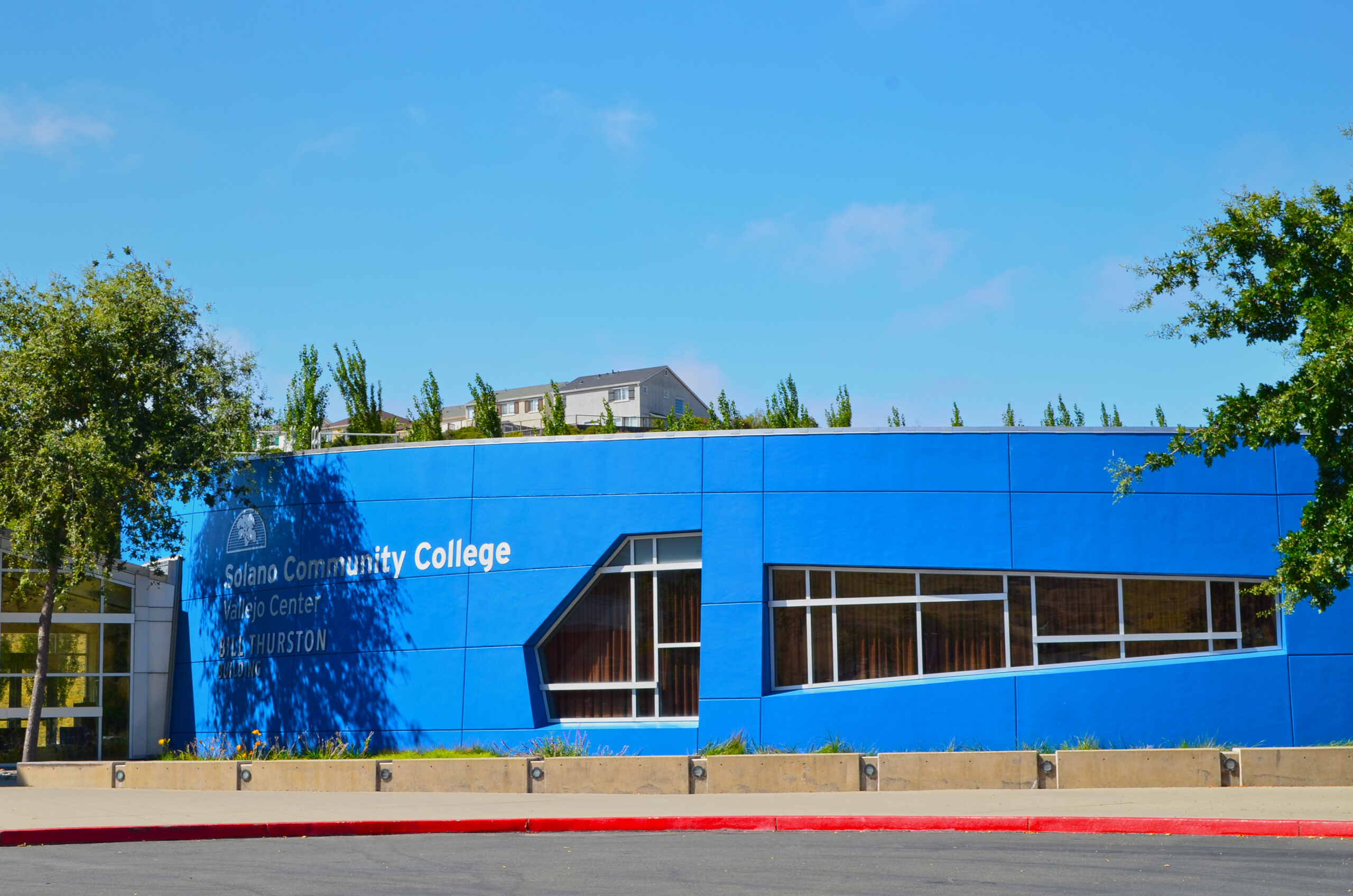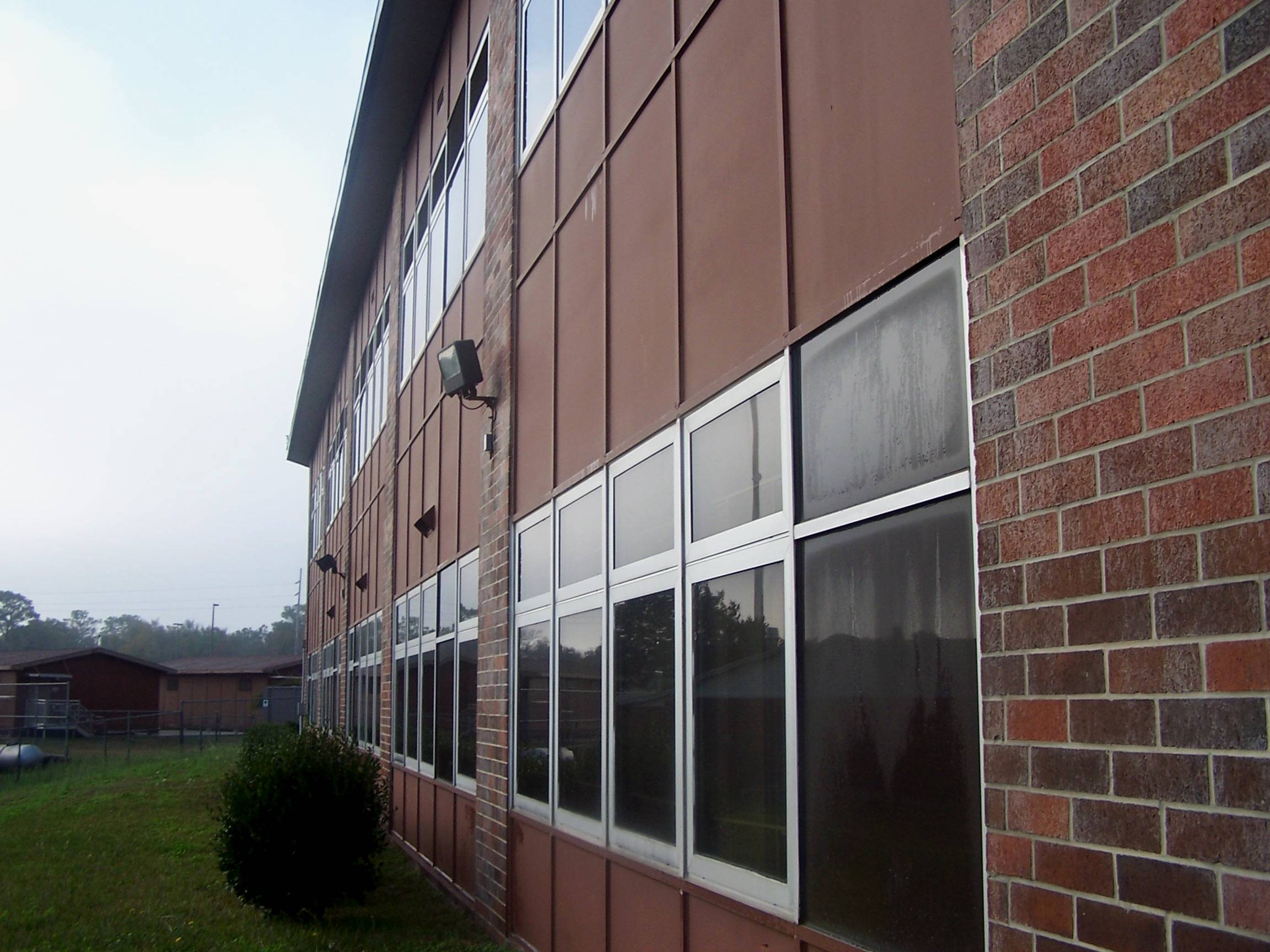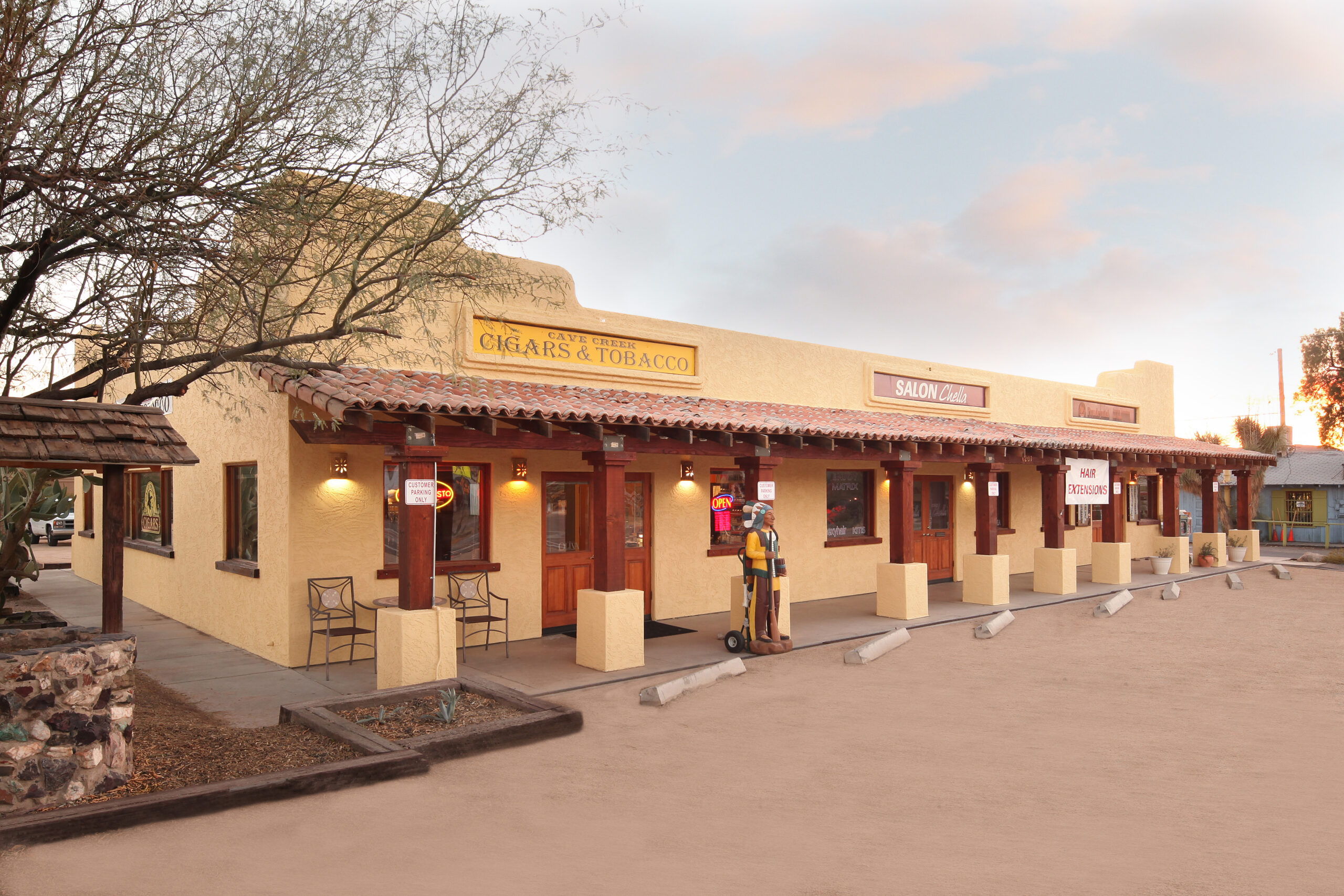As buildings and structures age, their exteriors can garner a lackluster appearance. Time and environmental conditions take a toll, and what was a once-vibrant exterior becomes faded and degraded. In this situation, owners, architects, and specifiers may be tempted to replace façade materials with new, factory-fresh materials—a costly, time-consuming endeavor. Instead, they should consider an exterior restoration using a field-applied coating.
Field-applied exterior coatings can help eliminate the expense and business disruptions associated with removing and replacing structures or façade materials. The right exterior coating could provide the same type of performance associated with its factory-applied counterparts; it can also often be custom color-matched to align a building’s exterior with branded or organizational color identities.
However, an exterior coating project should not be a quick fix. Careful selection of the right coating system and proper surface preparation techniques make the difference between a long-lasting finish and one that fails in several years.

Three questions that need answers before coating selection
To ensure the success of any exterior coating project, it is important for project architects and specifiers to be aware of several important details that affect the job itself as well as the performance and longevity of the coating system. The following questions should be part of the Request for Proposal (RFP) and discussion process with prospective contractors bidding on the job.
1. What are the environmental conditions to which the structure is exposed?
Sunlight, moisture, temperature extremes, wind, salt-laden coastal air, particulate, chemical pollutants, and abrasion can have a literal impact on a building façade’s coating, drastically breaking it down over time. Chemical agents and free radicals in sunlight, water, and atmospheric pollution can react with a coating’s chemistry and pigment particles, attacking the chemical bonds of the coating’s binder resin.
Often, the problem is more than just an aesthetic one—as coatings degrade and erode over time, they can take on a chalky consistency in which the coating comes off at even the lightest touch. Eventually, the coating may completely erode, removing the exterior material’s important protective layer and exposing the substrate. The potential results include rusting, pitting, mold/mildew growth, and other problems leading to structural failure if not remedied.
Therefore, RFPs should include details on:
- climate type;
- humidity;
- average wind speeds and gust extremes; and
- ambient chemical and particulate pollutants in the structure’s environment.
2. What is the substrate material?
In RFPs, architects and specifiers need to be clear about the type of material to be coated. It is important to ensure the coating selected has been specially formulated to work with the surface or surfaces needing refinishing. A formulation developed for stucco or masonry will likely not work on steel or aluminum surfaces, for example.
The condition of the existing coating system indicates whether complete removal or recoating is the best solution. The amount of corrosion or degradation, degree of coating defects on the surface, number of coats, and adhesion between coats are some of the factors that need to be considered before making an overcoat or complete removal decision.
Most coatings manufacturers provide information about substrate/coating compatibility on their product data sheets or in their field coatings application guides—both of which should be consulted by the project specifier, along with the coating’s SectionFormat specification. These documents provide important information about how to prepare the substrate prior to applying the coating system. It is critical to keep in mind some substrates require more preparation than others.
Prior to coating, substrates should be tested using ASTM D3359, Standard Test Method for Measuring Adhesion by Tape Test. Inadequate adhesion will cause the coating to delaminate and fail, eliminating its protective properties.
3. What are the relevant environmental and safety concerns?
In the United States, numerous Occupational Safety and Health Administration (OSHA) standards cite how, when, and where workers need to be protected. Adequate ventilation and proper National Institute for Occupational Safety and Health (NIOSH)-approved respirators are imperative. One should inquire about the written documentation for compliance with OSHA, local equipment regulations and guidance to help avoid liability.
Protecting a building’s occupants and guests is also important. Objectionable odors and chemical vapors can be significantly reduced or eliminated entirely with water-based coating formulations that are low in volatile organic compound (VOC) content and applied by brush or roller instead of spray equipment. VOC regulations vary by state; as an example, California specifies industrial maintenance coatings should contain 100 g/L or less, according to South Coast Air Quality Management District (SCAQMD) 1113. (For projects seeking certification under the Leadership in Energy and Environmental Design [LEED] program, VOC limits can be a concern for building owners and specifiers when sourcing compliant architectural coatings. For exterior architectural coatings, U.S. Green Building Council [USGBC] uses California Air Resources Board Suggested Control Measure [CARB-SCM] Compliant Exterior Coatings, SCAQMD Rule 1113, Ozone Transport Commission [OTC], and other state-specific regulations to comply with the certification.)
Another environmental concern is wastewater runoff. This is critical when one considers the total VOC content in the coatings used on the job can eliminate nonconformances with local and state/province regulatory codes.

A coating system is more than just paint
The vast majority of coating system failures can be traced to poor surface preparation. In the case of newly applied substrate materials like concrete, masonry, and plaster, it is important to let the substrate material cure for at least 30 days before coating—a critical project timeline consideration. For steel, the degree of corrosion and pitting need to be evaluated and properly mitigated prior to coating with a product that will effectively stop the corrosion from continuing.
A primer will provide an important bonding layer to help the topcoat adhere to the surface. Compatibility between the primer and the topcoat is crucial; one should never specify a primer from one manufacturer and a topcoat from another and expect the two products to be compatible. Incompatibilities can lead to poor intercoat adhesion, which can allow moisture to get in between the primer and the topcoat, leading to blistering or delamination. ( To ensure compatibility between shop primer and field-applied coatings, one should consult the coatings supplier/manufacturer, which should conduct adhesion testing on the surface prior to specifying a coating system for the job. The provider will test topcoat over the primed surface and/or tie coat options compatible with its formulation. Manufacturers can also consult on the number of coats for an application.)
As this article makes clear, selection of the right primer depends on the substrate and the environment. Some primers are specially formulated to resist corrosive chemicals, while others are formulated to block the migration of tannins and efflorescence (i.e. salt). When using a water-based primer on a metal surface, good initial water resistance and protection against rust are important properties.
Proper application techniques for the primer and topcoat must be followed, according to the coating manufacturer’s instructions. The coating system’s field application guide, product data sheets, and CSI specification will outline coverage rates, dry time (to touch and to recoat), pot life, reduction instructions, and optimal ambient temperature and humidity conditions for application. Although it is not always possible, application in direct sunlight also should be avoided, as sunlight can affect the flow, leveling, and application characteristics. High wind velocities can impact spray application, which can result in loss of materials, low film build, excessive dry spray, or overspray. It is important to work all these weather-related variables into the project timeline.

If the structure is normally exposed to dust and contaminants, the RFP must address how the contractor will protect the surface during the application and curing process. Dust and contaminants that settle on freshly applied coatings can impair the integrity of the coating, leading to a shorter coating life and reduced performance.
It is always a good idea to require an installation mockup on a small portion of the structure prior to coating the entire structure to allow for adhesion testing and ensure the finish and color meet the client’s expectations.
Select the coating system carefully
There are several popular solvent-based options for exterior coating systems, ranging from acrylic latex and silicone-polyester formulations to two-component urethane blends and fluoroethylene vinyl ether (FEVE)-based resins. However, many in the architectural community have turned to single-component, water-based coating binder systems formulated with polyvinylidene fluoride (PVDF), which is a tough engineering thermoplastic.
The PVDF binder has many carbon-fluorine bonds that do not break down over time as do other polymers. This bond allows the coating formulation to withstand thermal, chemical, and ultraviolet (UV) conditions without losing thickness, providing proven weatherability in extreme conditions. The carbon-fluorine bond is very strong. The more fluorine a fluoropolymer coating formulation contains, the greater its performance characteristics. (For best results, water-based coatings are applied at temperatures above freezing.)
PVDF is naturally hydrophobic, so it resists or repels water rather than absorbing it. While coatings with other types of polymeric resins may have some initial hydrophobic qualities, this characteristic tends to degrade after about a year or two. Once moisture is absorbed into the coating, it hastens failure. While PVDF coatings inherently resist mold and mildew growth, fungicides can be incorporated to help further resist mold growth—a problem quite prevalent on architecture located in coastal areas or high-humidity environments.
PVDF-based coatings also resist UV degradation more effectively than FEVE-based coatings, two-component urethanes, and epoxies, which degrade faster, leading to chalking. Additional UV-blocking additives and complex inorganic pigments in combination with PVDF-based coatings further resist degradation from UV rays, which provides long-lasting fade resistance and protection of the substrate below.
PVDF coatings may not be appropriate for projects that require short-term protection or that have extreme cost constraints, and thus would not realize the cost benefits of a long-lasting, high-performance coating technology. Less expensive than FEVE coatings (also a fluoropolymer system), PVDF has a much longer track record (more than a half-century) of performance.
Side-by-side studies have been conducted on fade performance using the exact same inorganic pigments in both PVDF and FEVE resin systems. Panels were placed at a 45-degree, south-facing angle and weathered in South Florida. PVDF-based coatings proved to have better color retention in this environment.
Urethanes and epoxies are lower-cost coatings that have good performance on metal applications, but degrade faster and have a much shorter life span than PVDF and FEVE coatings. Color options do not vary between types of resin systems, but some coatings contain better quality pigments than others. One should look for coating systems that contain inorganic pigments as opposed to organic; such products should last longer in harsh UV-prone environments.
Conclusion
The proper exterior coating system will dramatically extend the life cycle of a building by resisting UV degradation, algae and fungal growth, abrasion, dirt pickup, staining, chalking, and mildew. PVDF-based coating systems provide a good solution for long-lasting performance. It is important to look for a coating system that offers a long-life guarantee, even for dark and vibrant colors, which tend to fade quickly in typical latex formulations.
Selecting a truly compatible coating system and a licensed coating contractor certified by that system’s manufacturer is a great start. Their expertise in selecting the right coating system to match the structure’s substrate, preparing the surface properly, and maintaining environmental compliance with local regulations will help ensure the success of the project.






